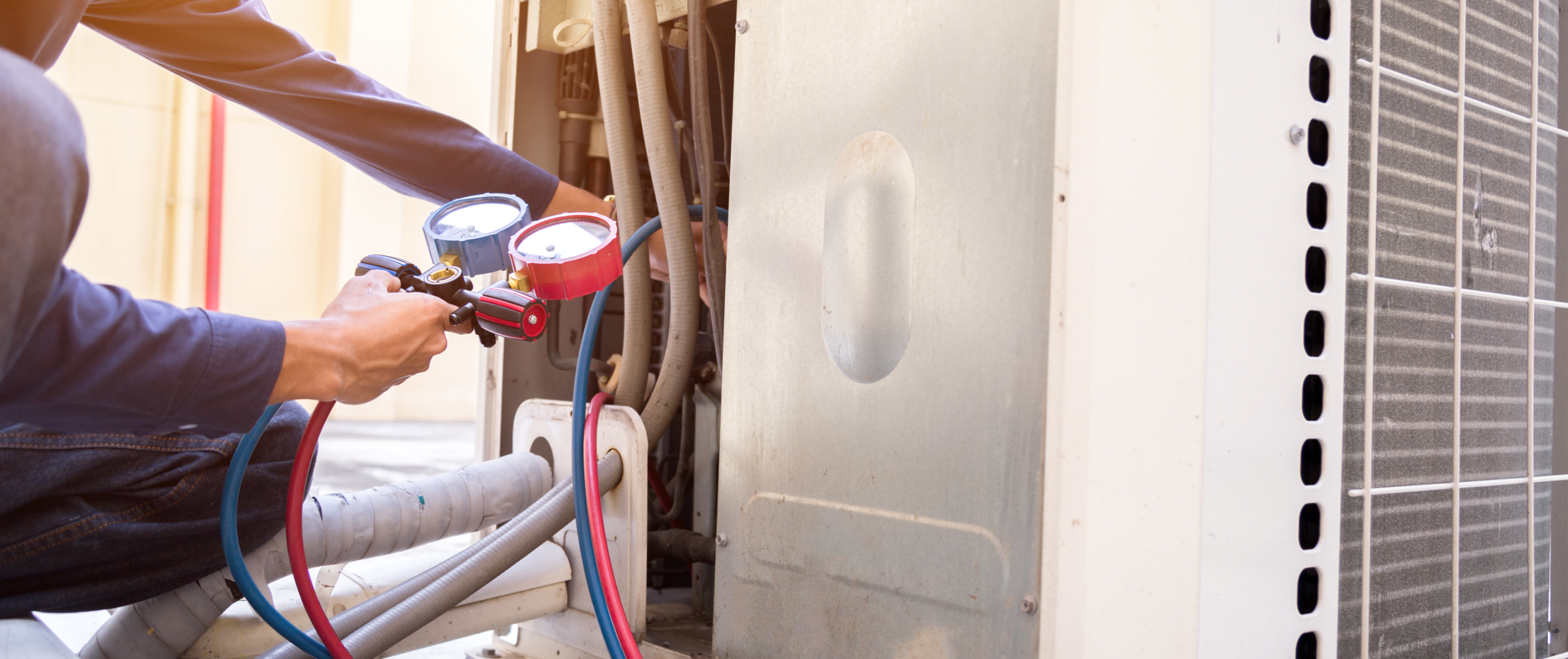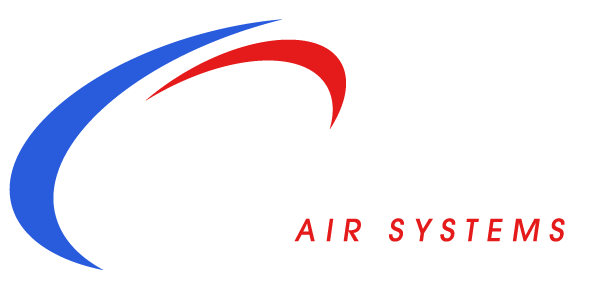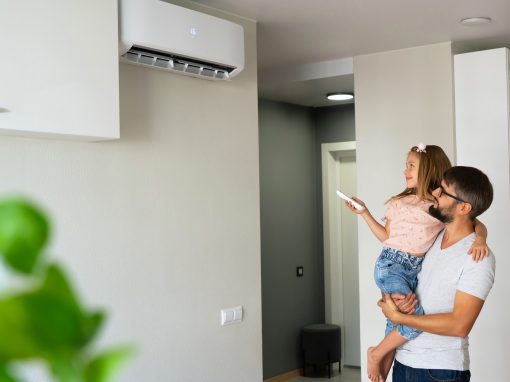Choosing the right air conditioner for your Bay Area AC needs can mean the difference between efficient, year-round comfort or seasonal frustration and high energy bills. Whether you’re managing a commercial property in San Jose or upgrading your home HVAC system in Gilroy, selecting the right solution requires understanding your space, the climate, and the available technologies.
With summer temperatures rising and evolving energy regulations pushing for lower emissions, Bay Area homeowners and property managers are looking for HVAC systems that offer more than just cooling. They’re looking for smart, adaptive, energy-efficient solutions that fit their lifestyle, footprint, and budget. This guide outlines how to evaluate your options and select the best air conditioner for homes and businesses across the region.
What Makes Bay Area AC Needs Unique?
The Myth
“California weather is mild — any AC will do.”
The Truth
The Bay Area’s weather varies more than many realize. San Jose and Gilroy regularly experience summer highs in the 80s and 90s. Meanwhile, coastal areas can fluctuate drastically between warm days and cool, damp nights. These microclimates mean one-size-fits-all cooling systems often fall short.
Why It Costs You
Systems not sized or zoned correctly may short-cycle, overwork components, and fail prematurely. Plus, comfort suffers — some rooms overheat while others remain too cool.
How to Fix It:
Our experts suggest air conditioning systems that consider our local climate. They recommend variable speed heat pumps that change output based on need. They also suggest mini-splits that allow you to focus on specific areas. These solutions help you maintain steady, comfortable indoor air quality all year.
What Type of Air Conditioner Is Right for My Property?
The Myth
“If it’s new and has high BTUs, it’s good enough.”
The Truth
BTUs matter, but so do system type, duct configuration, insulation levels, and occupancy patterns. A commercial building in San Jose needs vastly different equipment than a 1,500-square-foot home in Gilroy.
Why It Costs You
Misaligned system types lead to increased wear, noise, and utility bills. Poorly planned installations may also violate California’s evolving energy codes.
How to Fix It
We perform comprehensive site evaluations. Our HVAC installation offerings include:
- Mini-splits for zoned temperature control without ducts
- Heat pumps for homes seeking an all-electric, low-emission solution
- Conventional split systems for efficient upgrades using existing infrastructure
- Packaged units for space-conscious commercial properties
- PTAC systems for hotels and multi-unit buildings needing individual room control
Each system is configured for efficiency, air flow, and long-term reliability.
Should I Choose an Energy-Efficient System?
The Myth
“High efficiency means high costs — with little return.”
The Truth
Energy-efficient systems often cost more upfront. However, they can save substantially over time through reduced energy bills, maintenance needs, and access to rebates. Smart units also allow for remote access and adaptive programming.
Why It Costs You
Over time, inefficient systems can cost thousands in excess electricity and repairs.
How to Fix It
Dynamic Air Systems offers:
All-electric heat pump installations that qualify for California rebates
Smart thermostats that optimize energy use
Ductless options for low-loss cooling
We help clients maximize rebates and tax incentives while installing systems compliant with California’s strict energy efficiency standards.
What’s Best for Indoor Air Quality?
The Myth
“As long as the room is cool, air quality doesn’t matter.”
The Truth
Especially in wildfire-prone areas like Northern California, indoor air quality can impact health, productivity, and HVAC performance. AC systems are central to filtering out pollutants, allergens, and excess humidity.
Why It Costs You
Poor air quality contributes to sick days, allergic reactions, and equipment degradation.
How to Fix It
Dynamic Air Systems recommends systems with:
Integrated air purifiers
Humidity control features
Advanced filtration options, including MERV-rated filters
We also perform regular inspections and cleaning, ensuring your system circulates only clean, comfortable air.

Comparing AC Systems for Bay Area Properties
System Type | Best For | Energy Efficiency | Installation Complexity | Benefits |
Heat Pump | All-electric upgrades | High | Moderate | Rebates, heating + cooling |
Mini-Split | Zoned cooling, no ducts | Very High | Low | Room-by-room control |
Central Air | Homes with existing ducts | Medium-High | High | Whole-home cooling |
Packaged Unit | Commercial rooftops | High | Moderate | All-in-one, compact footprint |
PTAC | Hotels, multi-unit buildings | Medium | Low | Independent room climate control |
6 Questions to Ask Before Installation
✅ How many square feet need cooling?
✅ Is existing ductwork in good condition?
✅ Am I eligible for California HVAC rebates?
✅ Do I need zoning or single-zone coverage?
✅ What’s my monthly energy cost tolerance?
✅ Do I want smart home integration?
Let’s Keep Things Running Smoothly
When it comes to air conditioner selection for the Bay Area AC market, there’s no one-size-fits-all answer. Your choice should reflect your home or building’s unique needs — and the regional climate’s demands.
Dynamic Air Systems brings decades of experience and a deep understanding of local regulations and energy incentives to every job. Whether you’re a homeowner in Gilroy looking to cut utility bills or a property manager in San Jose planning a large-scale HVAC upgrade, we offer the tools, systems, and service to get it done right.


